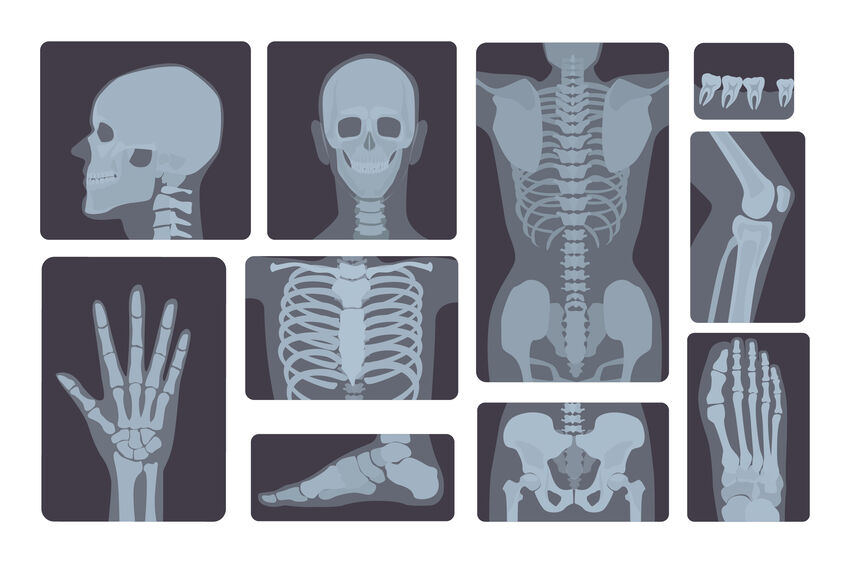This test is run by .
Note that your final mark will not be saved in the system.
Note that your final mark will not be saved in the system.
Joints and Their Movements Typeit
Target Level
4-5
Running Total
0
0%
Attempt
1 of 3
Type the correct answers into the spaces. Fill all the spaces before clicking ‘Check Answers!’

There are three types of joint in the body:
- (fixed or immovable, such as the sutures in cranium)
- (slightly movable, such as the intervertebral discs in between adjacent vertebrae)
- (freely movable, the most common)
There are two main types of freely movable joint to be aware of: joints (at the elbow, knee and ) and joints (at the hip and the ). These joint types allow for different ranges of movements, with joints providing a greater range of movement than joints. The shape of each also affects their level of stability, with ball-and-socket joints being stable than hinge joints due to the range of movement provided at each.
The structure of freely movable joints is specifically adapted to enhancing performance and reducing the risk of injury during sport and physical activity. These structures include:
- which acts as a shock absorber and prevents bones from rubbing together.
- – connective tissue which joins bone to bone within the joint. It strengthens and stabilises the joint and prevents it from moving further than its full range of motion.
- – which is released into the joint cavity by the , helping to lubricate the joint and improve the articulation of movement.
- – a fibrous structure which surrounds the joints and maintains their internal structures.